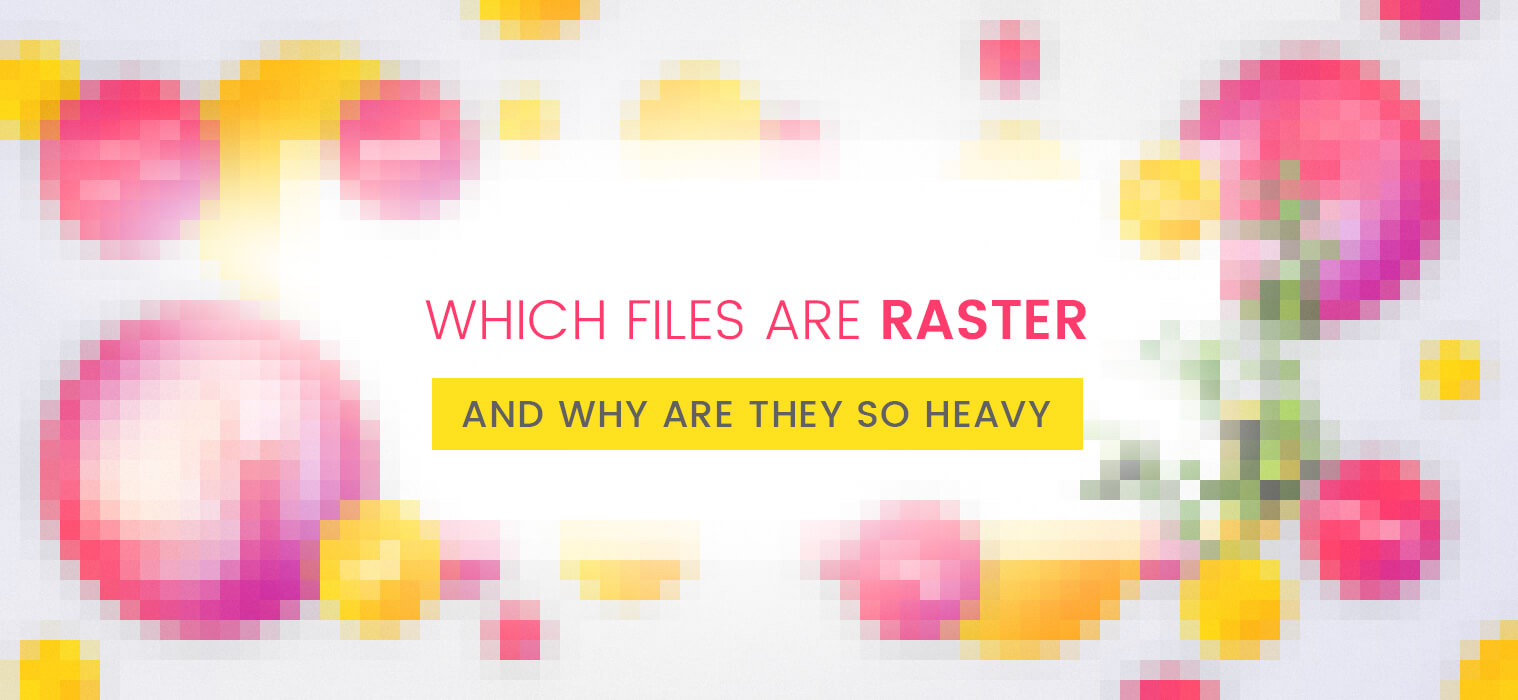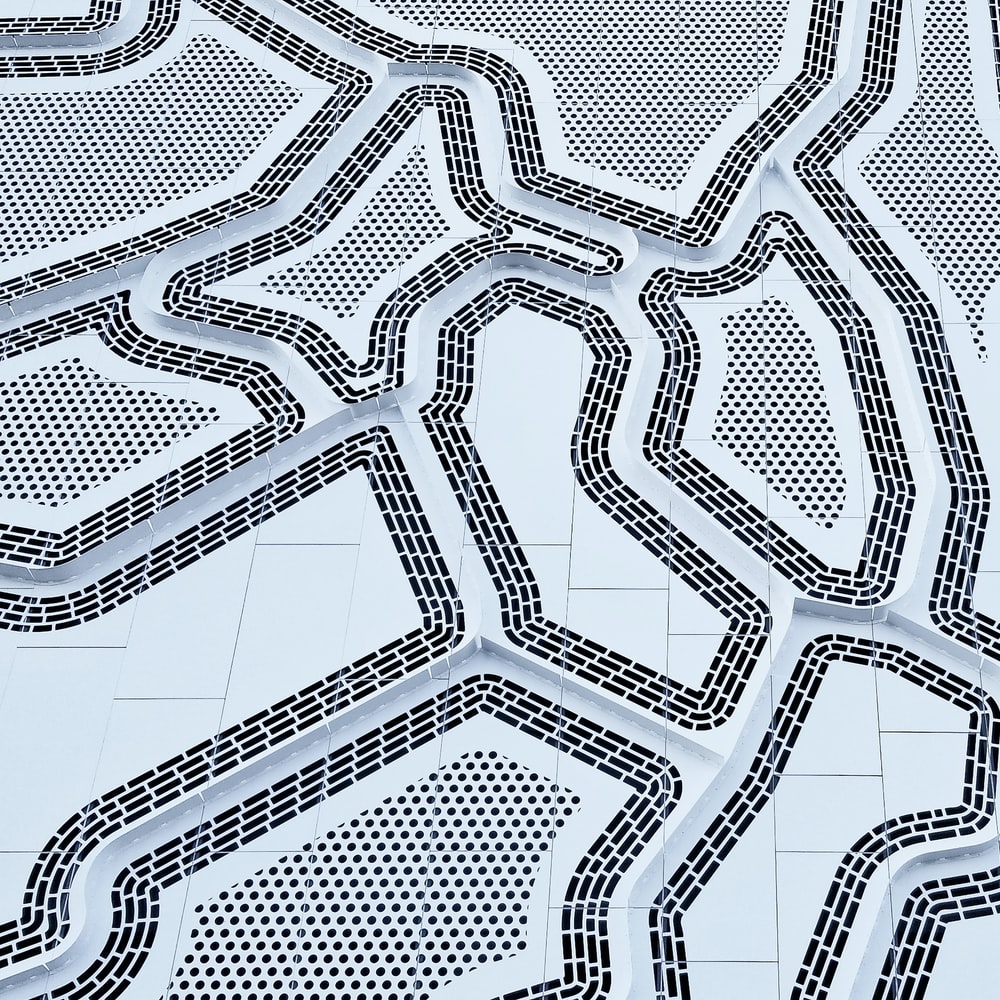
Are line-art images that do not include effects and are solid colors.Quickly and perfectly scalable – There is no upper or lower limit for sizing vector images.(the rendering of your output device will determine display resolution) Displayed by geometric primitives defined by mathematical formulas.Common raster formats include TIFF, JPEG, GIF, PNG and BMP files.
.jpg)
This is similar to the way a painting is composed. Raster images can be viewed as “painted” because the compiling of pixels to create a final complete image.High resolution images should only be used if your equipment has the capability to display in high quality.Commonly used for Photographs, simple web graphics, image effects, and complex color images.(or dpi/dots per inch for print) For example, 300 ppi is high resolution for creating a print file. However raster is still best used for images with complex structure like photographs. Less economical and can be more difficult to work with.Are non-line art images – typically include complex compositions such as chromatic gradations and undefined shapes or lines.Require original size for best resolution.Displayed with pixels or small, single elements combined to compose a final image.Revert to this list whenever you are challenged with choosing a specific way to create your art or submit your image files. (Keep in mind that resolution capacity may change depending on which output device is rendering them) One of the most common uses of vectors is for logos as it is extremely important for a logo to have the capabilities of resizing and saving for multiple digital and print uses without losing quality.īelow is an overview of the differences between raster and vector images. A vector image is not resolution dependent and can be resized without losing quality. For example, a solid line in a raster image consists of thousands of pixels while a vector line is one single element. Vector images are the opposite of raster where instead of multiple pixels they are displayed by geometric primitives defined by mathematical formulas. Raster images are resolution dependent, meaning the quality of the image can be altered when displayed at different sizes.


When zoomed in, these pixels can be seen as small squares.

A raster image is made of pixels, where there are single elements or points of color in a display monitor or printed material. Most of us are likely more accustomed to using raster images since they are the format of all photographs. Are you interested in a deeper explanation? If so, keep reading! The simple answer is a raster image has limited usage because of it’s multi-element structure while a vector image has no limits because it is one individual element. The questions come from the common misconception between raster (also known as bitmap) and vector file formats. Many people, including some of our clients here at Eyedeal Graphics, run into these questions and are in need of clarification set in simple terms. Have you ever been confused in knowing which file format to submit to your graphic designer or printer? Maybe you would just like to know why they’re so picky with what you submit! Isn’t one large-scale, high resolution document all you will ever need? I’m afraid the answer is no.


 0 kommentar(er)
0 kommentar(er)
